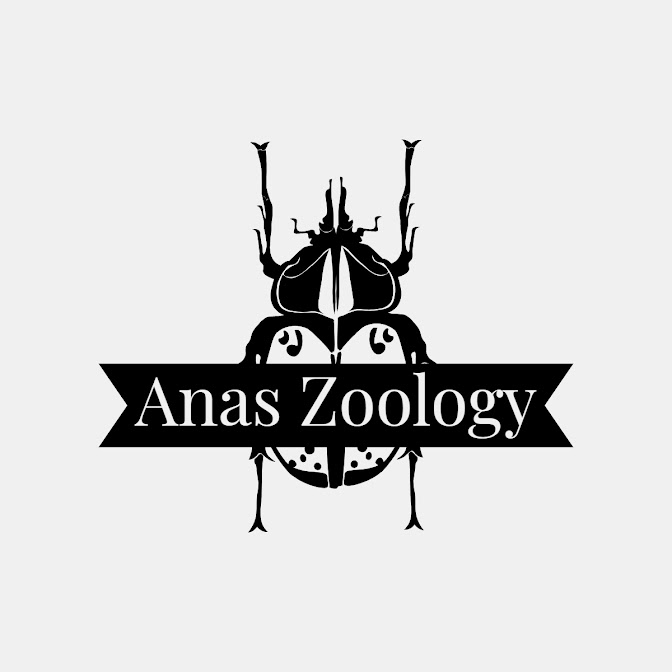Fluid Mosaic Model of Cell Membrane/Plasma Membrane

It is the most accepted model of Plasma Membrane/Cell Membrane. It was proposed by Singer and Nicolson in the year 1972. Phospholipids form bilayer in the centre. their unsaturated fatty acids forms the tail and glycerol forms the head, which prevents the close packing of the molecules. Phospholipids show two types of movements: Transition and Flip-Flop movement. Transition: Molecules change their position in the same layer. Flip-Flop: Molecules interchange between two layers. There are two types of proteins in cell membrane/plasma membrane Extrinsic/Peripheral proteins - Form 30% of the total membrane protein, superficial, easily removed, some are covered by glycolipids/glycoproteins. They provide structural and functional specificity to the membrane. eg. ATPase, spectrin, acetycholinesterase etc. Intrinsic/Integral Proteins - Form 70% of the total membrane proteins, embedded in lipid bilayer, can be extracted by rupturing membrane, held in position by polar and nonpolar side of ...


.png)










